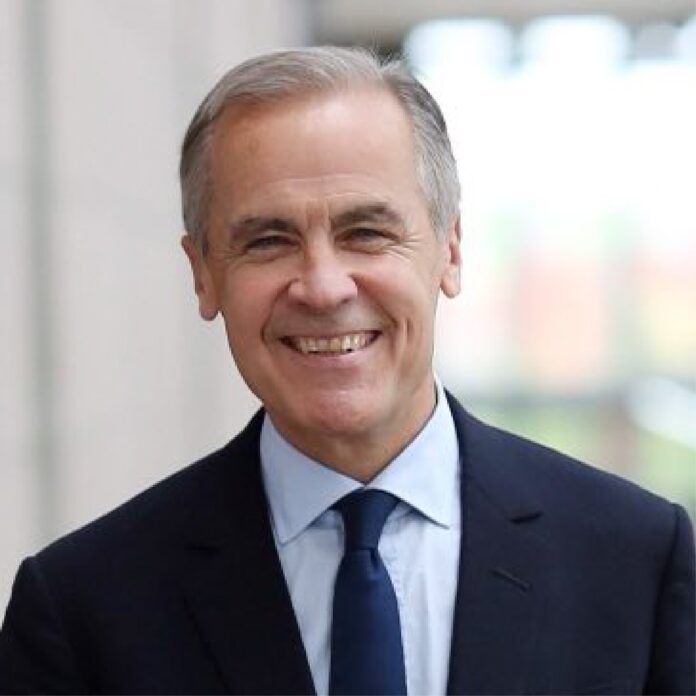Prime Minister Mark Carney has unveiled the latest set of nation-building projects, a sweeping collection of mining, energy, and infrastructure proposals that together carry a price tag of more than $56 billion. Carney presented the initiatives as “transformational,” but the sheer scope of what he is attempting to push forward signals that delivering on these promises will be anything but simple. From regulatory approvals to environmental challenges and regional politics, each project faces an uphill climb before any groundbreaking begins.
The new projects, introduced in Terrace, B.C., have now been referred to the federal Major Projects Office (MPO), the government’s streamlined approval system. They include a major transmission line meant to power new mines along the northern coast, a planned LNG facility expected to be one of Canada’s largest, and several critical-mineral operations across Ontario, Quebec, and New Brunswick. A proposed Inuit-owned hydro project in Nunavut also made the list. Carney argues these efforts will boost competitiveness, support 68,000 jobs, and build the foundation of a clean-energy economy. Still, coordinating major construction, Indigenous partnerships, environmental obligations, and private investment will pose considerable challenges.
One of the most ambitious elements is the Northwest Critical Conservation Corridor—a vast region rich in minerals and clean-power potential. Carney says it could attract billions while creating a conservation area “the size of Greece.” Balancing conservation with industrial development, however, will require complex negotiations and long-term planning. The federal government has committed early support, including a $139.5-million Canada Infrastructure Bank loan for B.C. Hydro’s transmission line, but many pieces remain unresolved.
This second wave of referrals follows an initial batch of major projects announced two months earlier, including the Darlington small modular reactor and LNG Canada’s Phase 2 expansion. Carney maintains that the MPO, created under Bill C-5, will cut approval timelines to two years by centralizing federal conditions. Yet none of the first-round projects have completed this new process, leaving questions about whether the office can deliver the speed and certainty that industry has been seeking.
The political response to the announcement was immediate and varied. B.C. Premier David Eby welcomed the attention to his province but repeated his opposition to any Alberta heavy-oil pipeline running to the coast. Alberta Premier Danielle Smith continues to push for such a pipeline, and Carney says negotiations are ongoing, though no agreement has been reached. New Brunswick Premier Susan Holt praised the inclusion of the Sisson Mine while signalling her province will need financial guarantees to firm up investor confidence. Ontario expressed support for streamlining approvals, while Conservative Leader Pierre Poilievre dismissed the announcement altogether, accusing Carney of performing photo-ops rather than building real projects.
For Carney, the success of this agenda will be a major test of his government’s ability to deliver large-scale infrastructure in a complex political environment. The proposed projects promise economic growth and cleaner energy, but they also demand coordination across jurisdictions, industries, and communities. If the prime minister hopes to see these ideas turned into reality, the road ahead is likely to be long, complicated, and full of obstacles—proof that the new projects he’s promoting won’t be easy to build.






